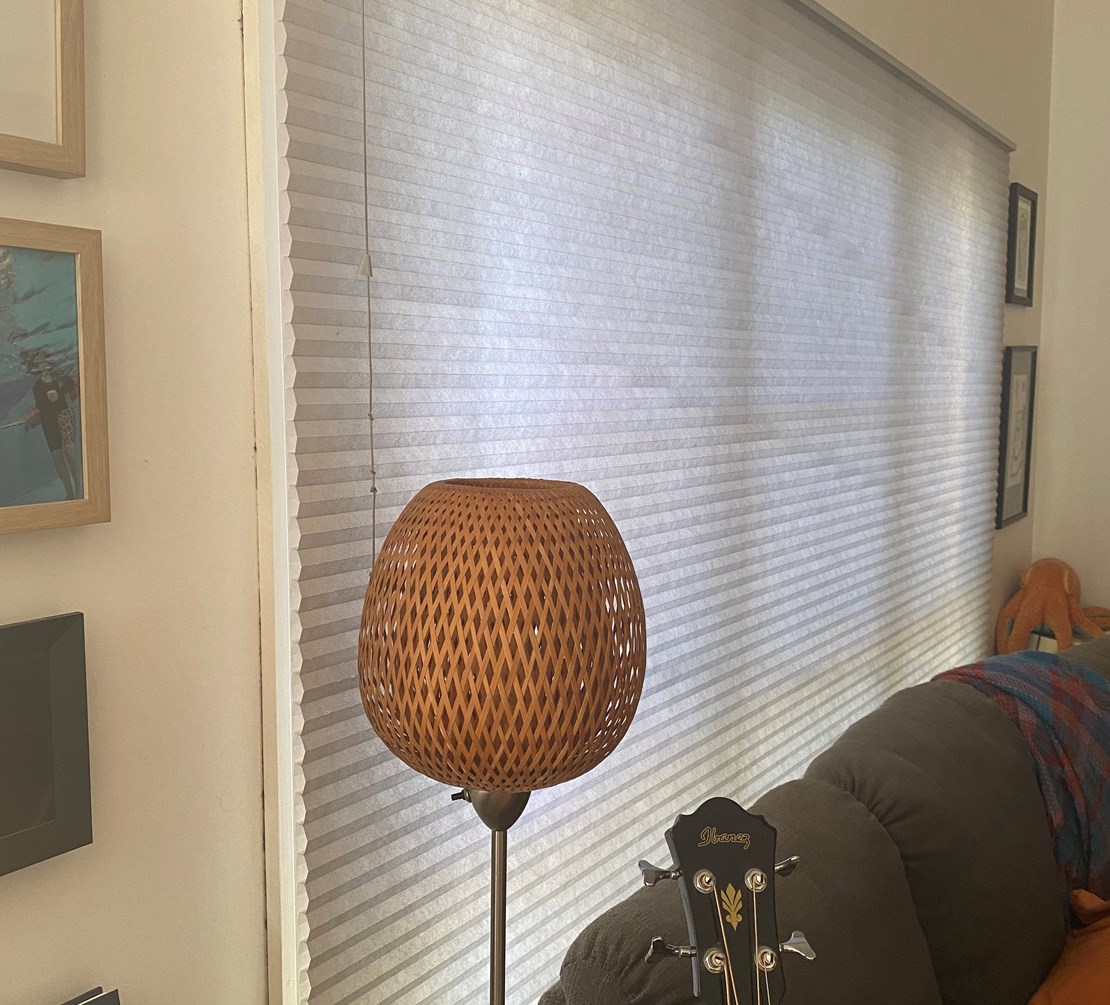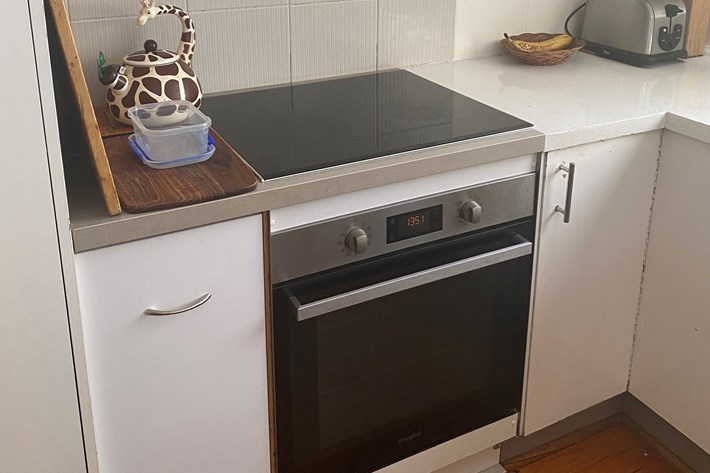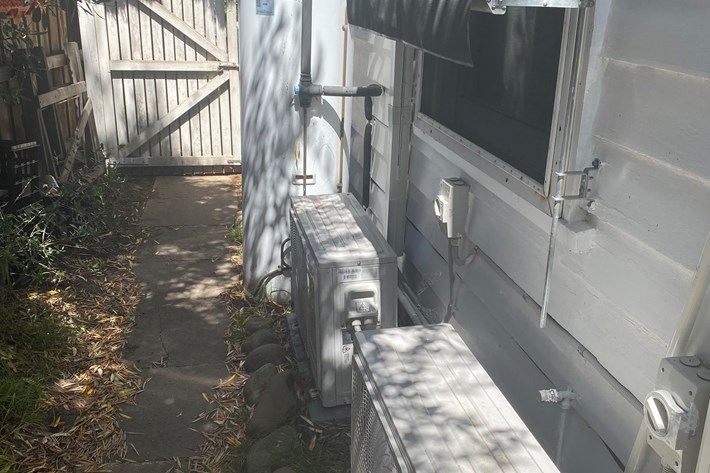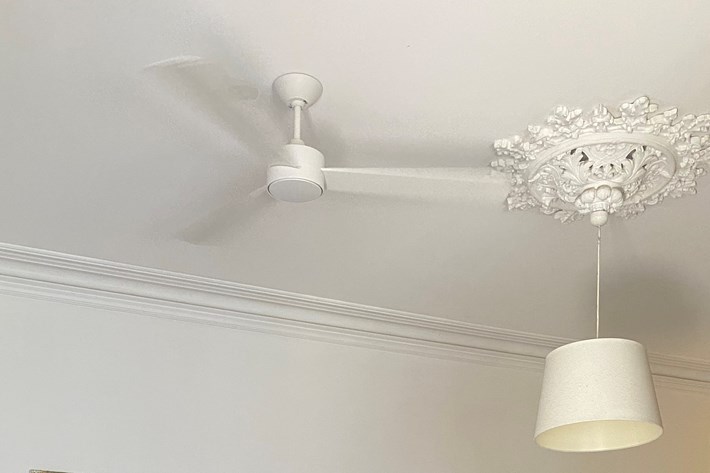A sustainable home in the heart of St Kilda

Helen’s home is a very typical St Kilda home. It’s a charming single fronted weatherboard home with two bedrooms, located in the heart of lively St Kilda. She shares the home with her husband and her daughter.
Here are the improvements Helen has made to her home so far.
Honeycomb blinds
Helen’s house had an open plan kitchen and living room oriented to the North, filled with floor to ceiling windows that make the area very hot in summer. Helen had honeycomb blinds installed over all the windows. These are a specific style of window furnishing designed to trap the heat and keep a room cool. She also decided to keep the outside shade cloth style blinds to cover the windows and stop the sun directly hitting them. This makes a big difference in reducing the heat that comes through the glass. They also help to circulate warm air when the heating is on in winter and retain heat during winter evenings.
Sealing up draughts
Helen has done lots of draft sealing over time, including sealing between floorboards to prevent draft and to retain heat in winter. As it's an old house, this is an on-going job each year as new draft spots are always popping up that need sealing.
Induction cooktop and electric oven
Helen initially thought she may need to update to three phase power electricity to enable the electric induction cooktop and electric oven to be installed. However, another clever solution was found in a plug-in stove, that simply plugs into an electricity socket installed behind the stove. This clever solution meant they didn’t need to do any expensive electrical upgrades after all. The stove electricity plug is completely concealed, so it just looks like every other oven. Then there was a small upgrade required to the existing electrical switch board to enable installation of the induction cooktop.

Rainwater tanks
Conserving precious water has also been a concern of Helen’s. She uses rainwater tanks to collect rainwater from part of the roof. This is used to water the garden and the vegetable patch, so that drinking water isn't wasted for this purpose.
Installation of split system reverse cycle systems
Installed in the living rooms and bedrooms, the split systems are used for heating and cooling, which enabled the old, inefficient gas ducted heating system to be turned off. This also created more space in the garden when the large old heating system unit was removed. The bathroom is used infrequently so Helen installed heat lamps that are only in use for short amounts of time when the room is occupied in winter.
Heat pump hot water system
The gas hot water system was old and in need of upgrading, so they replaced it with an electric heat pump hot water system which is more sustainable and efficient. Helen is very happy with the system and in terms of the experience of the hot water for showering and washing up.

Blocked fire place
Draft excluders were placed in the chimneys to ensure air is not coming down or escaping out through the chimney. These were provided for free from an energy upgrade company, subsidised by the Victorian Government.
Wall insulation
Given the age of the home, there was no insulation in the walls, Helen has since rectified this. Small incisions were made on the walls and the loose fill insulation was blown into the wall cavity through these points. This required the walls to be repainted internally, which was long overdue, resulting in a fresher look inside.
Ceiling fan
A ceiling fan was installed in the lounge room area to the left of the ornate ceiling rose that doesn’t interfere with this beautiful period feature of the room.

Helen has progressively made these changes to her family home over time and as the family budget allows. It’s made her home much more energy efficient, more comfortable to live in and hasn’t detracted from any of the period features of the home.
Next Helen is looking to connect the rainwater tanks to the toilets for flushing, to reduce the amount of precious drinking water used in the home. She is also looking into installing double glazing but will only do this when existing windows become old and need replacing.
It’s been an ongoing journey for her Helen and her family, but the results and comfort of the home speak for themselves.